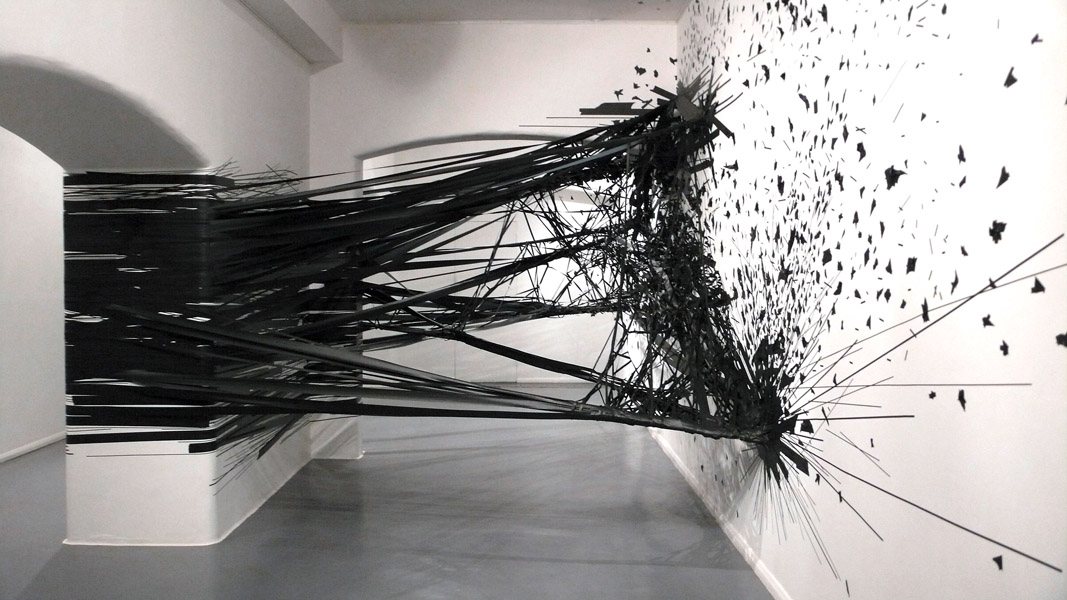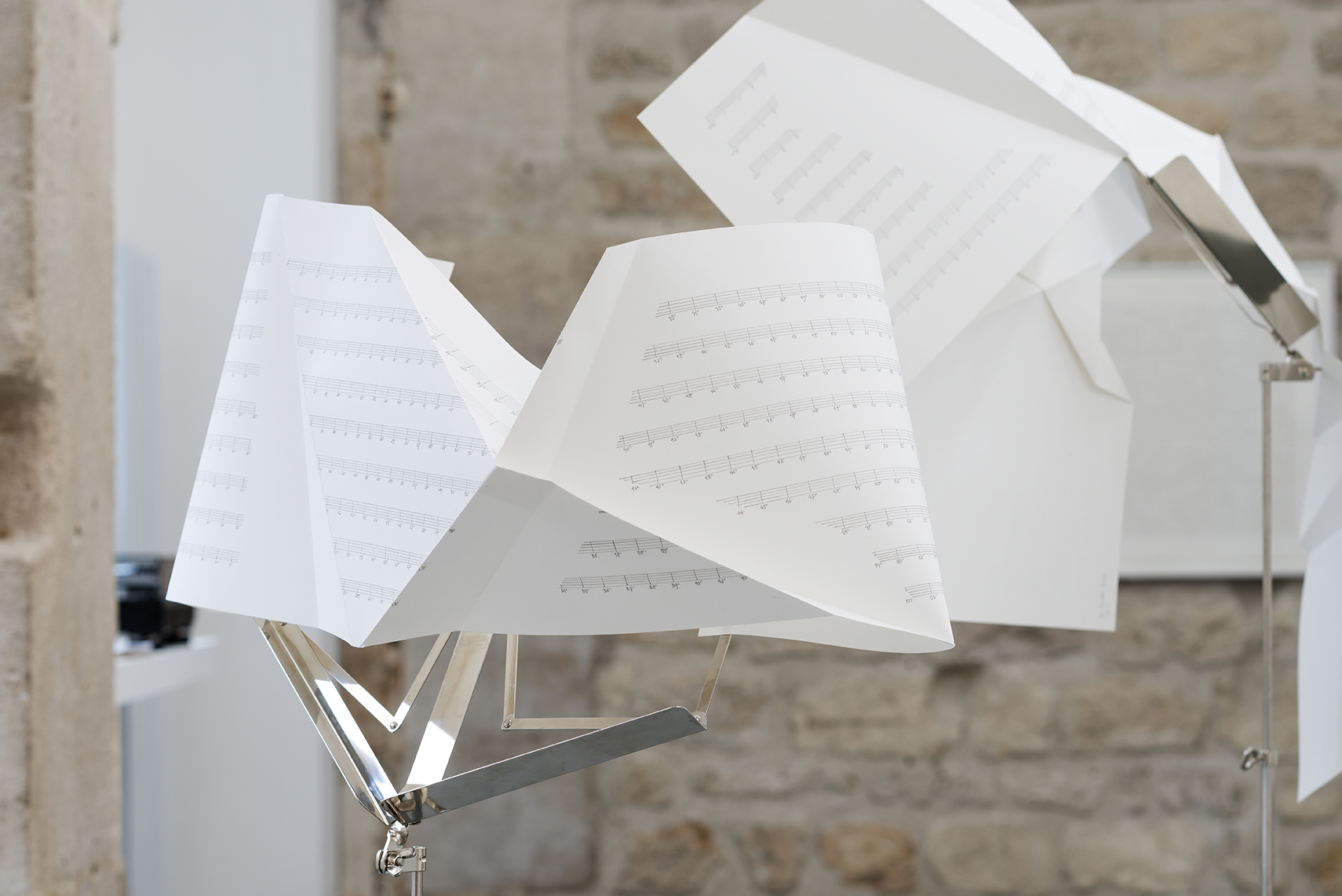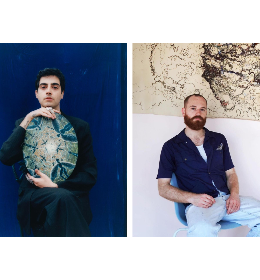“as a contemporary drawing curator, it is easy to call everything drawing.” Elsy Lahner
When drawing abandons paper
So whilst drawing and works on paper are often regarded as synonymous, these institutional directors showed us a multitude of ‘drawings’ that are “not about medium specificity” as Brett Littman puts it. Fritz Panzer is a shining example of such production, his 3D works could easily be designated as sculptures, yet aesthetically there is no denying they belong to the realm of drawing. Monika Grzymala’s work however cannot be so easily categorized, her piece Raumzeichnung, which will go on display at the Albertina later this year, lies somewhere between sculpture and installation, traversing the room which houses it, yet retaining those all-important lines.

William Engelen’s musical pieces could also be considered an unconventional addition to the Drawing Center’s programming; Falten sees musicians perform from handwritten scores drawn on to screwed up paper timelines. A work that defines the notion that “drawing has changed its dimensions drastically over the last century” according to Elsy Lahner.
“drawing has changed its dimensions drastically over the last century”

Lahner would go as far to call fireworks drawings, being particularly interested in the idea of traces of spaces, despite her acquisition guidelines from the museum stating that her department should feature works on paper.
Too conceptual to be commercial?
It must be noted however that across Paris during the semaine du dessin, all the works on sale on exhibitors stands were conventional pieces, in the sense that they were almost all on paper. And so maybe the best way to rationalize these conceptual drawing works, is to draw a comparison with performance in the sense of collectability and their oft-ephemeral nature. The institution therefore plays a key role in championing the exploration of the limits of drawing.
Drawing as a tool for society
Yet Kate Mac Farlane also highlighted how “drawing underscores other disciplines,” reminding us that drawing remains an important way of communicating in larger society and in other arts.
Watch the full talk here.









